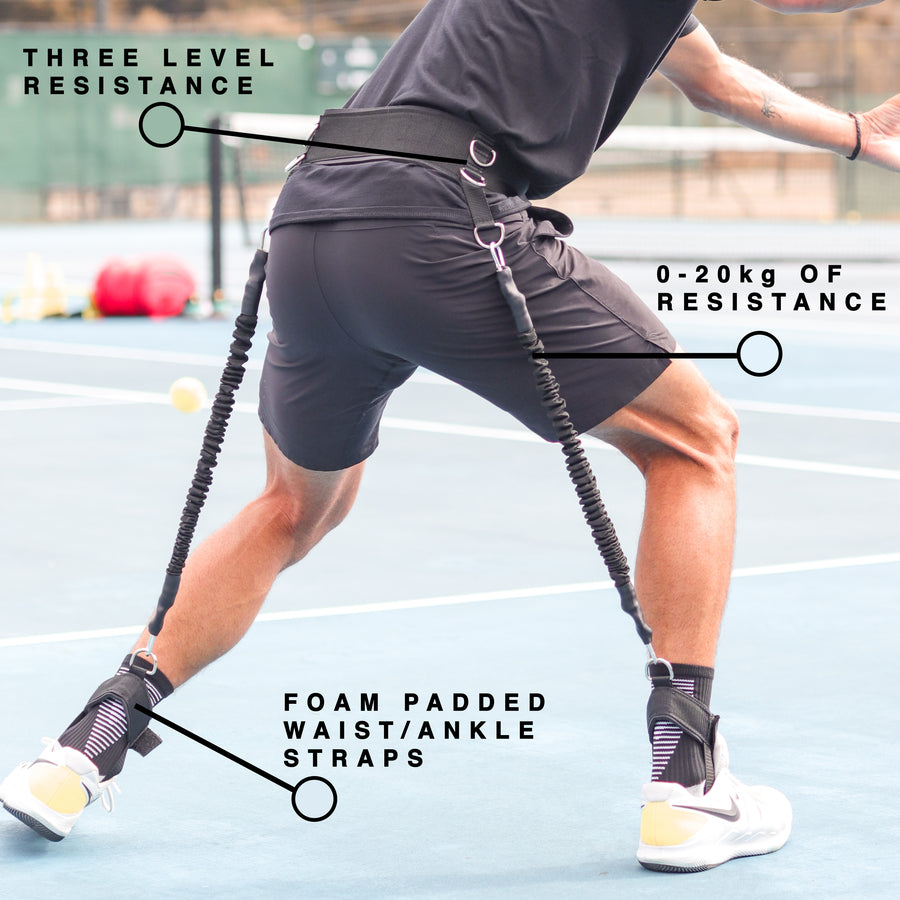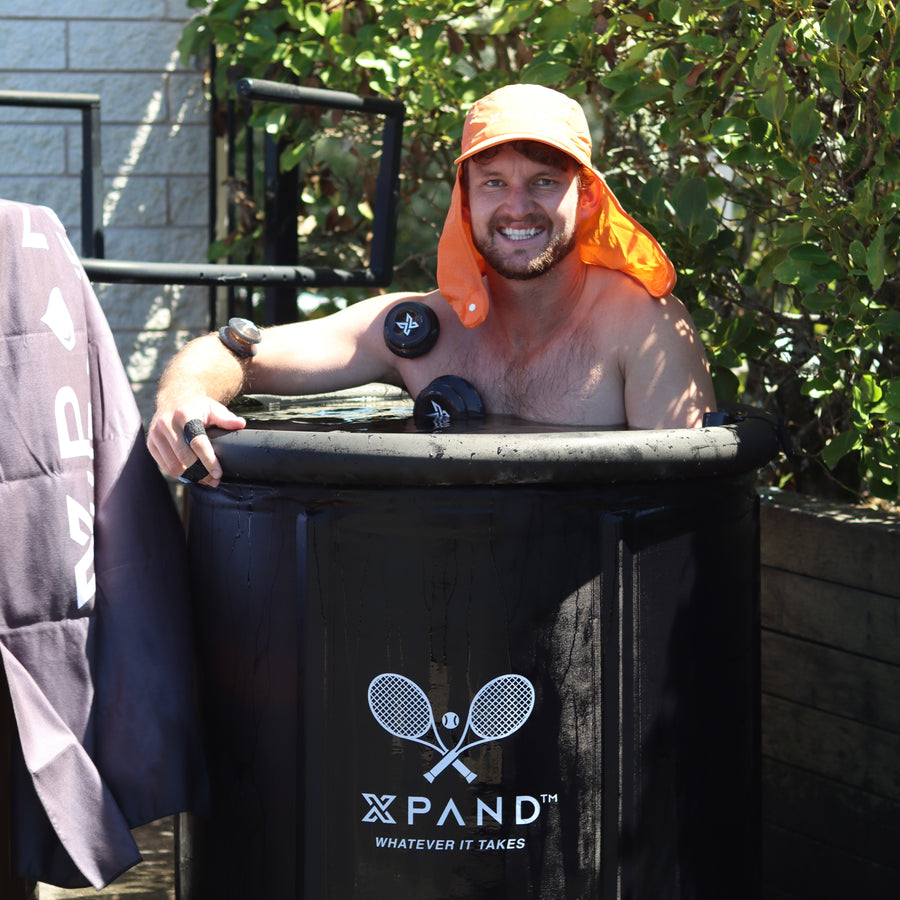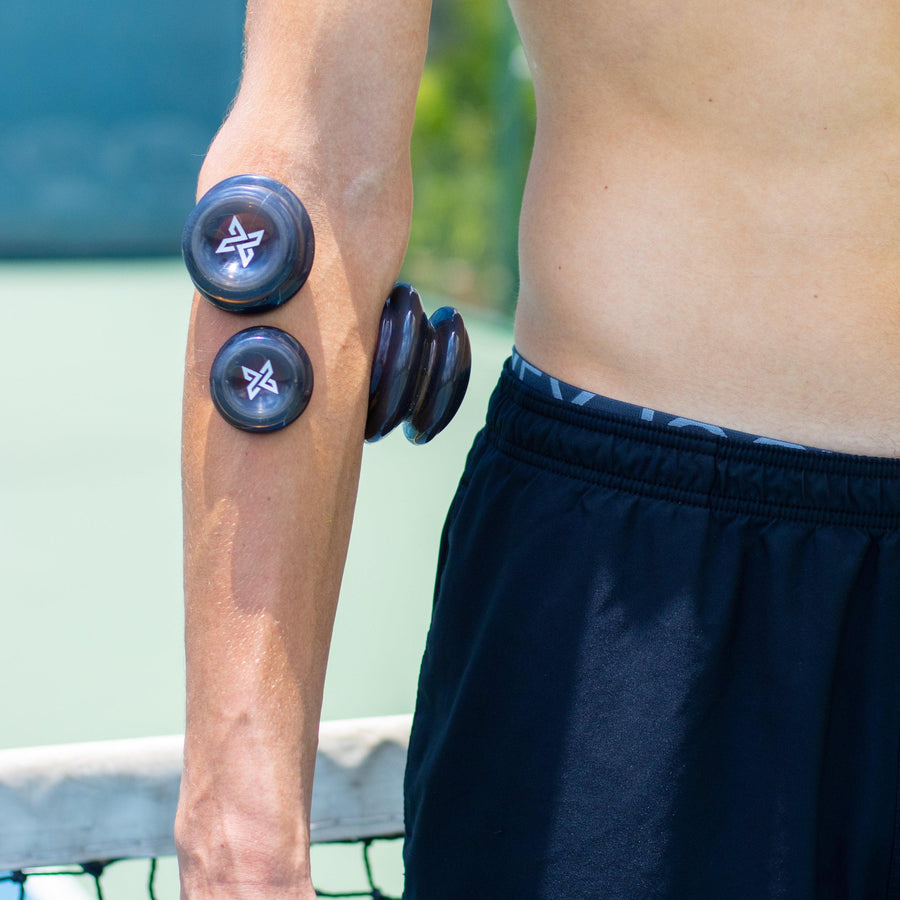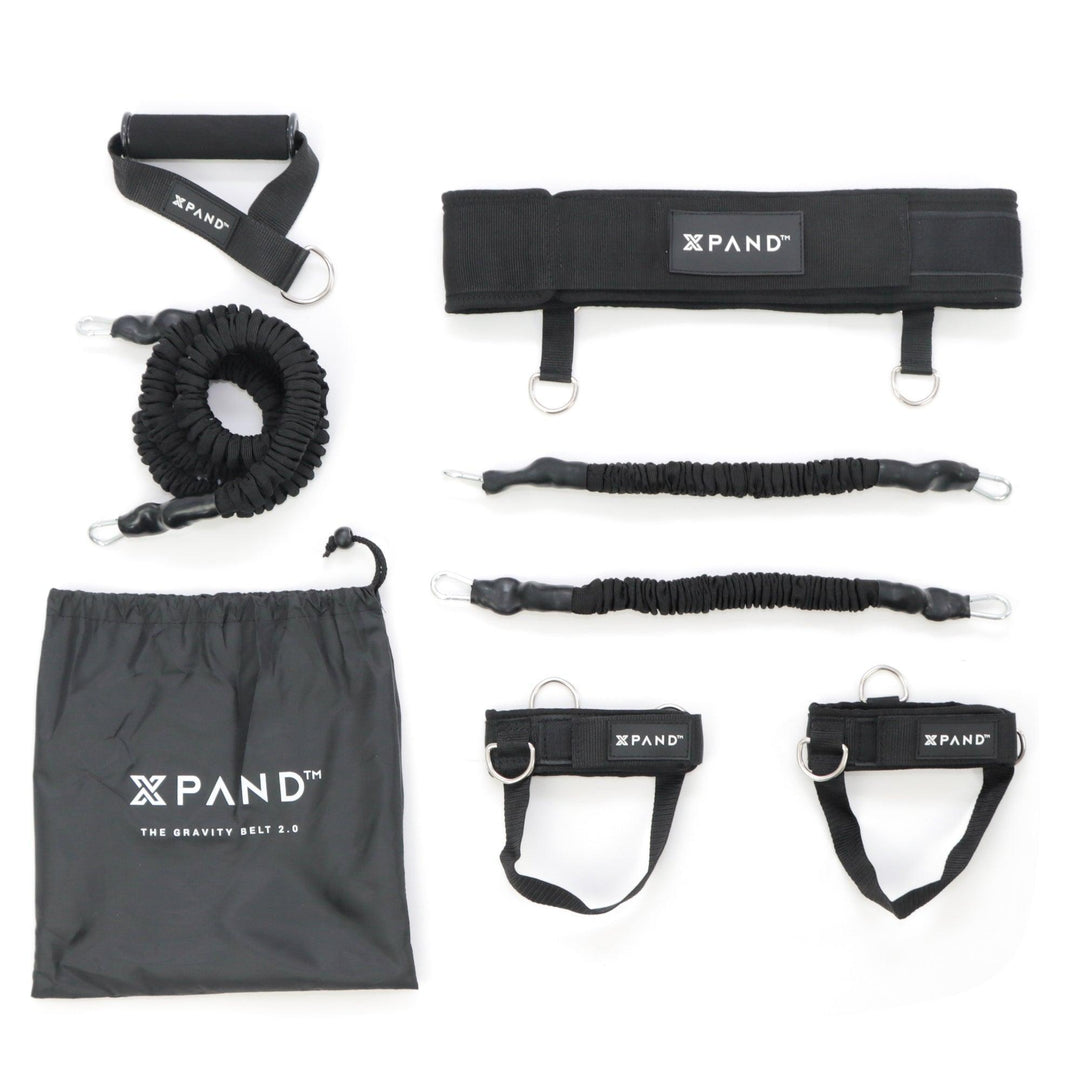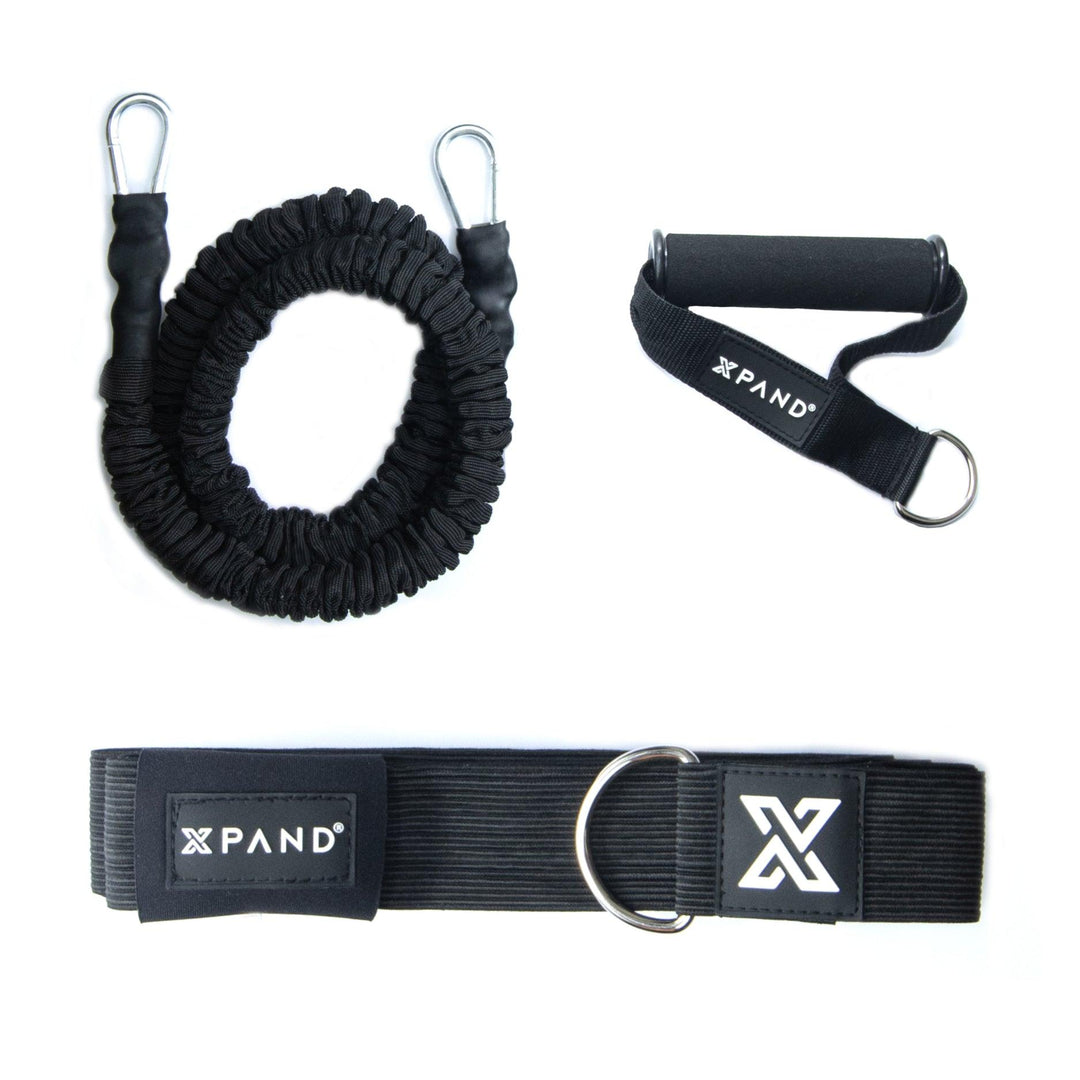Serving up Comfort: Tips for Tennis Players to Prevent Blisters on the Court

Intro: Tennis is a sport that demands agility, precision, and endurance. Whether you're a casual player or a seasoned pro, one common foe that can plague your performance and dampen your enthusiasm is the dreaded blister. These pesky irritations can turn a thrilling match into a painful ordeal. But fear not, tennis enthusiasts! With the right strategies and precautions, you can keep blisters at bay and focus on acing your game.
Understanding Blisters: Before diving into prevention techniques, let's unravel the mystery behind blisters. These fluid-filled sacs form when the outer layers of your skin become damaged due to friction or pressure. In tennis, repetitive movements such as running, pivoting, and quick stops can create friction between your shoes and feet, leading to blister formation. Moreover, the combination of heat and sweat exacerbates the problem, making tennis players particularly susceptible to blisters.
Prevention is Key: The good news is that there are several effective ways to prevent blisters and ensure that your time on the court remains enjoyable and blister-free.
-
Proper Footwear: Investing in high-quality tennis shoes that fit well is paramount. Look for shoes with ample cushioning, good arch support, and a snug yet comfortable fit. Avoid shoes that are either too tight or too loose, as they can increase friction and contribute to blister formation.
-
Moisture Management: Moisture is the enemy when it comes to blisters. Choose moisture-wicking socks made of synthetic materials such as polyester or nylon, which help to keep your feet dry by wicking sweat away from the skin. Consider bringing extra pairs of socks to change into during long matches or intense training sessions.
-
Lubrication: Applying a lubricant, such as petroleum jelly or specialized anti-blister balm, to areas prone to blistering can reduce friction and provide a protective barrier for your skin. Focus on areas where your shoes typically rub against your feet, such as the heels and sides.
-
Break-in Period: New tennis shoes can be stiff and unforgiving, increasing the risk of blisters until they are properly broken in. Gradually wear your new shoes for short periods of time before hitting the court for an extended match. This allows the shoes to mold to your feet and reduces friction-induced blisters.
-
Protective Gear: For particularly vulnerable areas, such as heels, fingers or toes, consider using blister pads or finger tape. These protective barriers can cushion the skin and prevent friction, reducing the likelihood of blister formation.
-
Proper Technique: While footwear and gear play a significant role in blister prevention, your technique also matters. Pay attention to your footwork and try to minimize excessive rubbing or sliding inside your shoes. Additionally, consider consulting a tennis coach to fine-tune your movements and reduce strain on your feet.
Conclusion: In the fast-paced world of tennis, blisters are an unwelcome adversary that can disrupt your game and dampen your spirits. However, by taking proactive measures such as wearing appropriate footwear, managing moisture, and using protective gear, you can minimize the risk of blisters and focus on what truly matters – enjoying the thrill of the game. So lace up your shoes, hit the court with confidence, and serve up your best game yet, blister-free!

